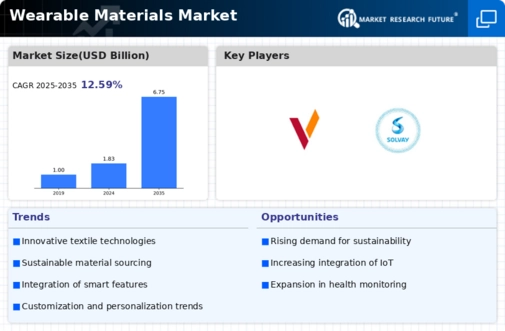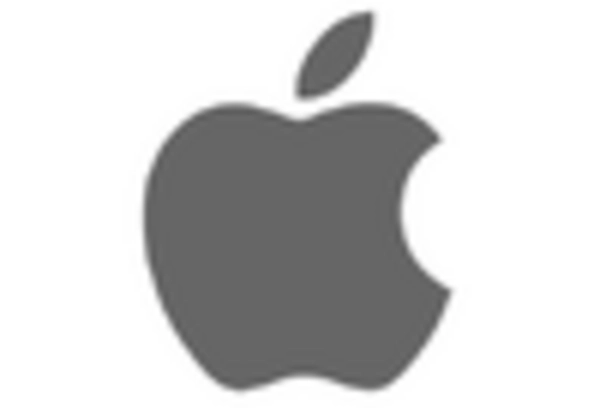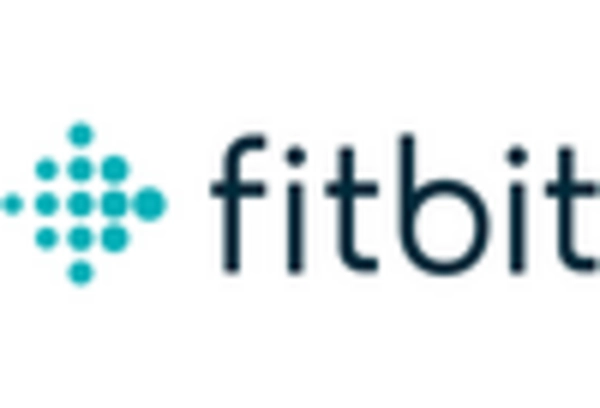Market Share
Wearable Materials Market Share Analysis
The wearable materials market is a significant aspect of the overall growth rate of the entire industry of wearable technologies; this has led to various approaches being used to establish its competitive positioning strategy. This entails focusing on material innovation as a key tactic. This also drives companies within this sector to invest heavily in research and development (R&D) so that they can launch advanced materials with unique features like flexibility, breathability, or durability. Innovations could include smart textiles, conductive fabrics, or those that seamlessly fit into electronic components. Cost leadership is another important strategy in the wearable material industry. Some producers concentrate on how best to produce large quantities cheaply by perhaps getting their raw materials at lower prices, while others use economies of scale. The wearable materials market depends heavily on collaboration and strategic partnerships to shape its market share. Most companies enter into alliances with wearable device makers, technology companies, and research institutions, among other stakeholders. Collaborations help to make the supply chain more efficient by creating a reliable distribution system. In the wearable materials sector, it becomes increasingly important to be customer-centric. Satisfying clients' requirements, including the need for comfort, fashion, and environmental sustainability, is crucial in enhancing their loyalty in order to maintain and increase market shares. Market research helps firms listen, identify, and respond to customers' needs. A strong relationship with your customers often comes down to customer service. This means providing exceptional technical support plus making sure that your deliveries are made in a timely manner, which will enhance the bond between you and them, leading to referral sales, which raise profit margins and increase your slice of the pie. In this regard, businesses have recently taken an eco-friendly stance regarding their products in the wearable material industry. Customers now demand environmentally friendly materials due to increased awareness of their impact on nature. Some firms operating in this industry make use of recycled or biodegradable constituents when developing their materials while engaging in sustainable manufacturing processes and emphasizing product lifecycle sustainability. These organizations aim to appeal to certain individuals who prioritize sustaining ways, thus resulting in the expansion of both corporate image and market share.


















Leave a Comment